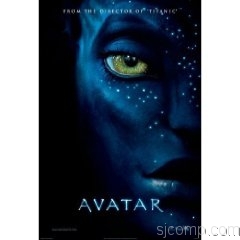Due to the circumstances (aka job requirements) I pursue Java development on Mac OS X. I did not have too much experience with macs before, but I always heard that Apple places usability of their products as the very first priority (therefore no multitasking on iPhones). Given such rumors I had very high expectations. So here are my impressions.
The very first thing I had to do is to change my password on the first login… and, of course, I did not know the requirements for the password length. Could you imagine my confusion when I entered the password, repeated it, and after pressing okay button all I see is a shaking window and cleared password fields. Did I enter the second password wrong? Did I do something else wrong? No hints, no messages, just empty password fields. Is there anything else to say?
Once I got in, I wanted to adjust windows on my screens. To my surprise, I can only resize window by dragging the corner. I can not resize by dragging the side of the window, which is very annoying if I want to extend a window to the left, because it is already against the right edge of the screen. I am used to using keyboard shortcuts to position windows on the screen and then use mouse if I need more adjustments. For windows I am using winsplit-revolution. For Mac I found ShiftIt, which is not as powerful or configurable as winsplit-revolution, but at least it is also free.
Okay, how do I set a keyboard shortcut to start an application? Not clear at all. Long time users of the Mac suggested to use Spotlight, Quicksilver, and, of course, “just click it on the Dock…”. The fact that I need a third party software for such a task is surprising to me. I ended up using Quicksilver.
Default bindings for Home and End keys were especially alien to me. My first response was to adjusting key bindings, and customize keys for Firefox, which allowed me to change accelKey to be control key, just as Firefox on Windows (the same applied to Thunderbird). But at the end I went back to defaults and learned the mac way…
On the bright side I like having shell without a need for cygwin. After using mac for a few month I would say I am 95% as proficient with it as I was with windows (the other 5% being remembering OS specific features such as taking a screen capture, etc.)

